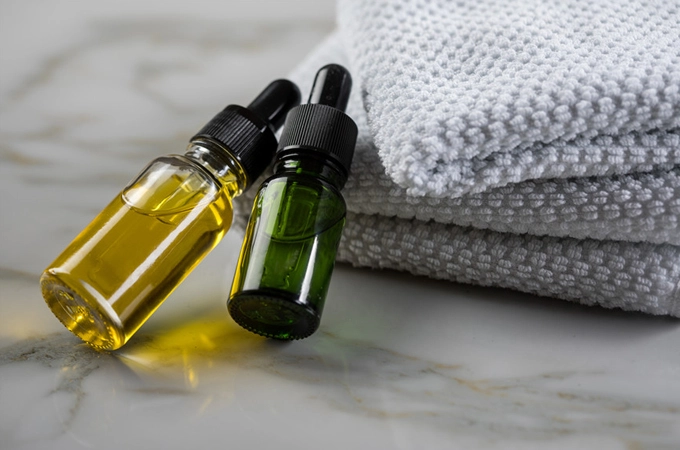Ⅰ. The dosage of silane coupling agent PC3100
The amount of silane coupling agent to treat inorganic surface materials is not the more the better. The ideal addition amount is to enable the silane coupling agent to form a monolayer on the surface of the inorganic material and react with the hydroxyl groups on the surface of the inorganic material, thereby improving the performance of the inorganic material. Lipophilic. If the amount of the silane coupling agent is too large, the crosslinking reaction will occur after the coupling agent itself is hydrolyzed, thereby reducing the mechanical properties of the material.
Ⅱ. Properties of silane coupling agent PC3100
Physical form: colorless or slightly yellow liquid.
Boiling point: 290°C.
Refractive index: (nD25) 1.4260-1.4280, specific gravity (dD25) 1.065-1.072.
Solubility: soluble in water, hydrolysis reaction occurs at the same time, and methanol is released from the hydrolysis reaction. Soluble in alcohol, acetone and most aliphatic esters at normal use levels below 5%.
Ⅲ. The use of silane coupling agent PC3100
1. It is an epoxy-containing coupling agent, used in polysulfide and polyurethane caulking and sealants, used in epoxy resin adhesives, filled or reinforced thermosetting resins, glass fiber adhesives and For inorganic filled or glass-reinforced thermoplastic resins, etc.
2. Silane coupling agent PC3100 enhances the electrical properties of epoxy resin-based electronic sealants and packaging materials and printed circuit boards, and improves the adhesion between the resin and the matrix or filler.
3. Silane coupling agent PC3100 can enhance the electrical properties of many inorganic filled nylon, polybutylene terephthalate and other composite materials.
Effective with a wide range of fillers and matrices such as clay, talc, wollastonite, silica, quartz or metals including aluminium, copper and iron.
4. Specific applications that benefit from the addition of silane coupling agent PC3100 include: epoxy sealants filled with quartz, pre-mixed formulations, epoxy concrete repair materials or coatings filled with sand and used in moulding tools and Metal filled epoxy material.
5. Eliminates the requirement for separate primers in polysulfide and polyurethane sealants and caulking compounds.
6. Silane coupling agent PC3100 can also improve adhesion in aqueous acrylic latex caulks and sealants, polyurethane and epoxy based coatings.
7. Production, packaging and transportation: PC3100 is packed in plastic barrels, with a net weight of 200kg per barrel.
Ⅳ. The use of silane coupling agent PC3100
If PC3100 is to be formulated into an aqueous solution to treat inorganic substances, the concentration is 0.1-0.5% silane. The aqueous solution is first adjusted to pH 3.0-4.5 with 0.1% acetic acid, and then silane is added dropwise with stirring, usually stirring for 15 minutes to form a clear aqueous solution. In a certain period of time, due to the high concentration of KH-560, it may be unstable, and after being placed for a few days, an oily polysiloxane polycondensate will settle out.
Of course, PC3100 can also be dissolved in many organic solvents to form a solution. Fillers can also be processed by mixing with mineral fillers within minutes under very high shear without using any solvent. Silane-treated glass or mineral fillers can be dried by heating at 105°C to 120°C to promote condensation of silanol groups on the surface and remove by-product methanol. The optimum application drying conditions such as time and humidity should be selected according to the process.
When used as primer, 99 parts of silane coupling agent PC3100 and 1 part of organic amine such as phenyldimethylamine (referred to as mixture A) were diluted with about 900 parts of methanol. Primers can be applied to solid surfaces such as glass or metal, and polymers can also be hot-pressed or cross-linked on the surface. Mixture A or PC3100 can also be added directly to the resin system at 0.5 to 2.0 pph to promote unprimed adhesion.
 English
English 日本語
日本語 한국어
한국어 français
français Deutsch
Deutsch Español
Español italiano
italiano русский
русский português
português العربية
العربية tiếng việt
tiếng việt

